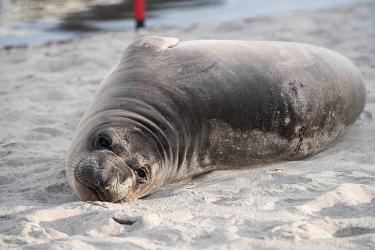NOAA’s Fisheries Service published regulations in today’s Federal Register (75 FR 30730) that generally prohibit acts that would harm North American green sturgeon that spawn in the Sacramento River.
Listed as threatened under the Endangered Species Act, this distinct segment of green sturgeon is found from Alaska to California but is only known to reproduce or spawn in California’s Sacramento River. Data from a variety of sources indicate declines in green sturgeon abundance over the last 25 years. The major cause of decline is likely the loss of spawning habitat in California’s Central Valley.
When the regulations go into effect in 30 days, they will prohibit the “take” (harassing, harming, pursuing, hunting, shooting, wounding, killing, trapping, capturing, or collecting the fish, or any attempt to engage in such conduct) of these listed fish, apart from certain categories of activities that contribute to conservation of the species such as some types of scientific research, habitat restoration, or emergency fish rescue operations.
Green sturgeon is just one of over 20 species of sturgeon that have remained virtually unchanged for over 200 million years. They can reach lengths up to eight feet and live as long as 70 years. They reach sexual maturity at approximately 15 years of age and spawn every two to four years.
The effects of the proposed regulations on various aspects of the environment are analyzed in an environmental assessment (PDF, 101 pages).
NOAA understands and predicts changes in the Earth's environment, from the depths of the ocean to the surface of the sun, and conserves and manages our coastal and marine resources. Learn more at http://www.noaa.gov.
For more information on Green Sturgeon, visit the World Sturgeon Conservation Society website.


